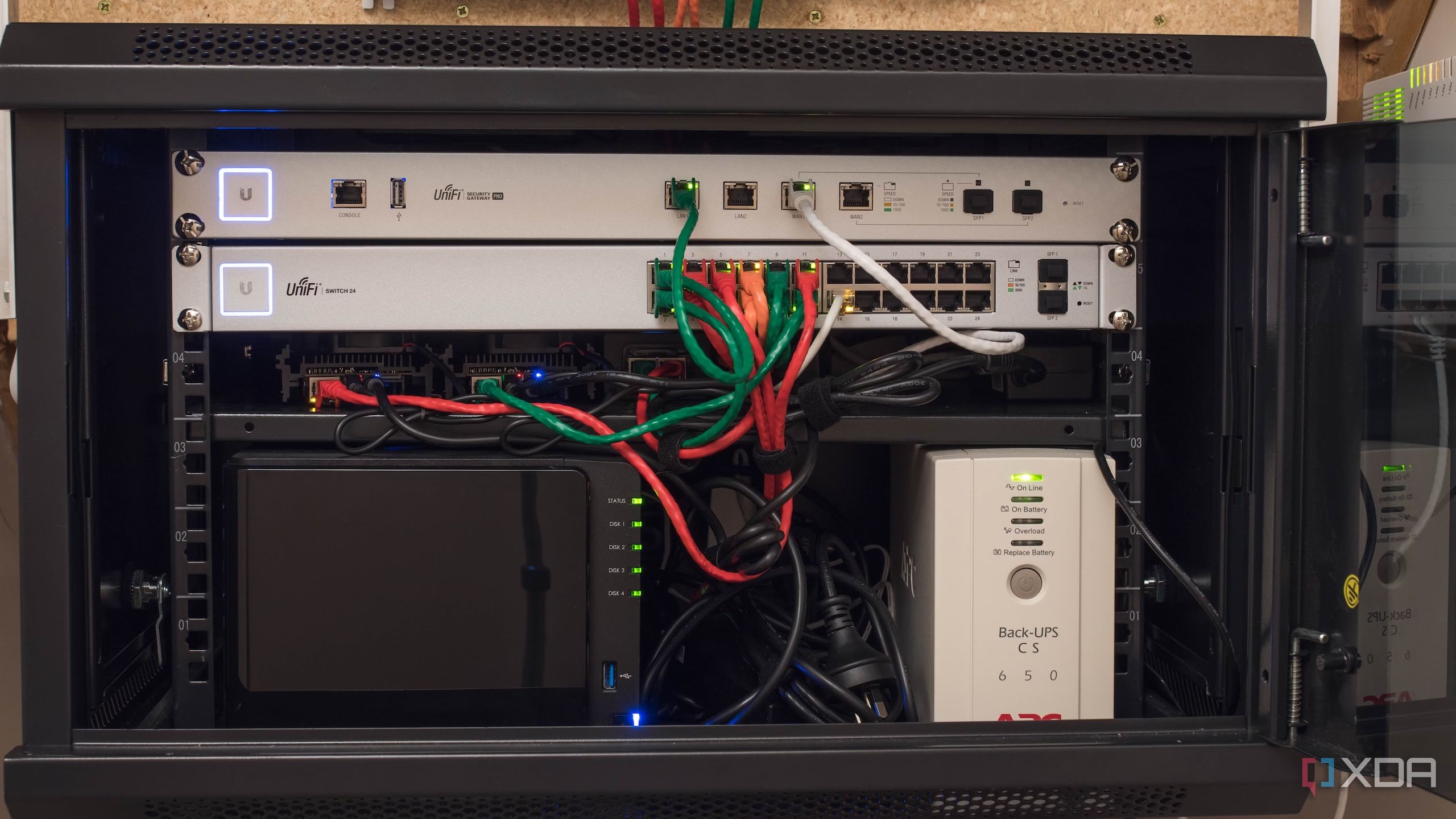Top Stories
Home Lab Automation Revolutionizes Energy Savings with Home Assistant

URGENT UPDATE: A new wave of home lab automation is changing the way tech enthusiasts manage their energy consumption. Users are now leveraging Home Assistant to automate their entire wake-up routines, significantly cutting down electricity bills while enhancing smart home functionality.
Recent reports indicate that as home lab experimentation grows, so do electricity costs. Owners of multiple servers and network devices are feeling the pinch, particularly during the summer months when air conditioning usage spikes. The good news? Home Assistant automations can turn off equipment overnight and power it back up in the morning, just in time for work.
What’s happening right now? Home lab users are implementing a series of automations to streamline their daily routines. By utilizing the Wake-on-LAN feature, devices are programmed to wake up at specific times, allowing for effective energy management without sacrificing accessibility.
As one user noted, “Switching things off when nobody in my home is using them is cathartic.” The potential to save on electricity means more budget for new hardware, turning energy efficiency into a win-win situation.
With the rise of smart home integration, Home Assistant stands out as a versatile platform capable of not only managing devices but also enhancing security and usability. Users are finding that keeping their Network Attached Storage (NAS) devices and virtual machines running is essential for backups and tasks, while other components can be powered down.
Setup is simpler than one might think. Users only need the MAC address of their server and to ensure Wake-on-LAN is enabled in the BIOS. Once configured, automations can trigger at the same time every weekday, sending “magic packets” to wake devices gradually. This staggered approach minimizes sudden power spikes, making it a smooth transition from sleep to active status.
The integration with Proxmox servers is equally straightforward. Users can easily add the Proxmox integration and set up automations to boot up virtual machines, ensuring everything is operational when they arrive at their workspace.
Despite the ease of these setups, many users express caution. They prioritize stability and data integrity, opting to keep shutdown processes manual for now. The focus remains on automating the wake-up routines, allowing for more controlled energy usage during off-hours.
Home Assistant’s capabilities extend beyond simple automation. It can monitor calendars, remind users of important events, and serve as a central hub for various smart home devices, making it an invaluable tool for tech-savvy households.
As more individuals adopt these automations, the trend is likely to grow. The home lab revolution is here, and it’s powered by efficiency and technology. With energy costs rising, the urgency to implement such systems has never been greater.
What’s next? Users are encouraged to explore further automation possibilities, including graceful shutdown scripts as they become more comfortable with the technology. As they optimize their setups, the potential for energy savings could translate into significant financial benefits, making this a critical time for those involved in home lab experimentation.
Stay tuned for more updates on how home automation is evolving and reshaping energy management practices.
-

 Science2 weeks ago
Science2 weeks agoIROS 2025 to Showcase Cutting-Edge Robotics Innovations in China
-

 Politics2 weeks ago
Politics2 weeks agoJudge Considers Dismissal of Chelsea Housing Case Citing AI Flaws
-

 World2 weeks ago
World2 weeks agoBravo Company Veterans Honored with Bronze Medals After 56 Years
-

 Top Stories2 weeks ago
Top Stories2 weeks agoIndonesia Suspends 27,000 Bank Accounts in Online Gambling Crackdown
-

 Lifestyle2 weeks ago
Lifestyle2 weeks agoStone Island’s Logo Worn by Extremists Sparks Brand Dilemma
-

 Health2 weeks ago
Health2 weeks agoStartup Liberate Bio Secures $31 Million for Next-Gen Therapies
-

 Sports2 weeks ago
Sports2 weeks agoMel Kiper Jr. Reveals Top 25 Prospects for 2026 NFL Draft
-

 Health2 weeks ago
Health2 weeks agoTop Hyaluronic Acid Serums for Radiant Skin in 2025
-

 World2 weeks ago
World2 weeks agoHoneywell Predicts Record Demand for Business Jets Over Next Decade
-

 Lifestyle2 weeks ago
Lifestyle2 weeks agoMary Morgan Jackson Crowned Little Miss National Peanut Festival 2025
-

 Sports2 weeks ago
Sports2 weeks agoYamamoto’s Mastery Leads Dodgers to 5-1 Victory in NLCS Game 2
-

 Politics2 weeks ago
Politics2 weeks agoNew Jersey Voters Urged to Register Ahead of November Election









